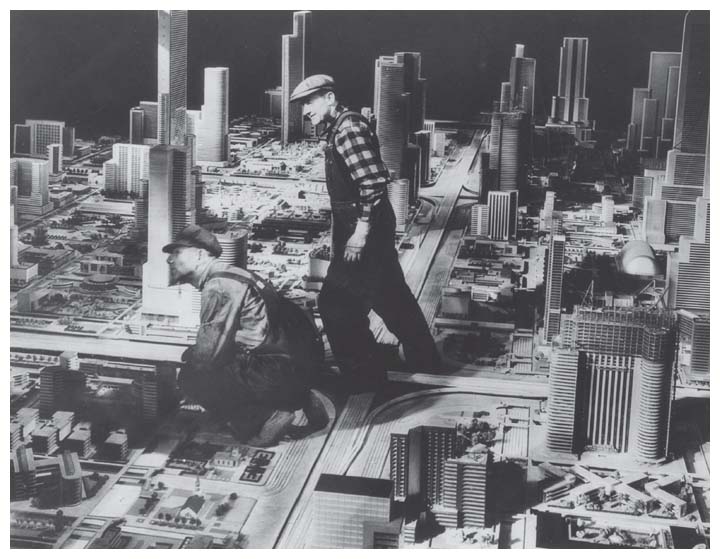mardi 12 avril 2022
c:o/re Workshop: Interdisciplinary Research in Robotics and AI
mardi 1 février 2022
Workshop - Explainable AI and explanations in AI
One important challenge in machine learning is the “black box” problem, in which an artificial intelligence reaches a result without any humans being able to explain why. This problem is typically present in deep artificial neural networks, in which the hidden layers are impenetrable. To tackle this problem, researchers have introduced the no- tion of explainable AI (XAI), artificial intelligence the results of which can be understood by humans. The XAI position is usually characterised in terms of three properties: transparency, interpretability, and explainability. While the first two have standard def- initions, explainability is not understood in a uniform manner. What does explainability mean? What kind of AI is explainable? Can there be properly explainable machine learning systems? In this workshop, we discuss a variety of approaches to these topics in connection to fundamental questions in artificial intelligence. What are explanations in AI? What do AI systems explain and how? How does AI explanation relate to the topics of human understanding and intelligence?
Confirmed speakers are: Jobst Landgrebe (Cognotekt Köln), Markus Pantsar (University of Helsinki, c:o/re), Frederik Stjernfelt (Aalborg University Copenhagen, c:o/re), Gabriele Gramelsberger (c:o/re Aachen), Ana L. C. Bazzan (Universidade Federal do Rio Grande do Sul, c:o/re Aachen), Joffrey Becker (Laboratoire d‘Anthropologie Sociale, c:o/re Aachen), Daniel Wenz (CSS Lab RWTH Aachen), and Andreas Kaminski (High Performance Computing Center Stuttgart).
Information and Program: https://khk.rwth-aachen.de/2022/01/27/2281/explainable-ai-explanations-in-ai/
mercredi 21 avril 2021
3e Grand rendez-vous annuel de la vie robomobile
3e Grand rendez-vous annuel de la vie robomobile
Third annual grand Rendezvous of the robomobile life future workshop
19-20 mai 2021
*
Cette décennie 2021-2030 pourrait voir le déploiement des premiers services de transport par des véhicules automatisés. Ce démarrage sera progressif, ciblé, encadré. Il sera porté par des cas d'usages concrets répondant à des besoins de mobilité peu ou insuffisamment couverts par l'offre existante.
Ces premières étapes de mise en service en conditions réelles de l'automatisation des transports seront déterminantes. Dans quelle mesure une ville peut-elle choisir le modèle robomobile qui lui va le mieux ? Ce troisième Grand rendez-vous annuel de l'Atelier prospectif aborde la question de la marge de manoeuvre et de l'influence des villes et des territoires sur l'émergence et les évolutions futures de la vie robomobile. Comment les acteurs d'un territoire peuvent-ils mettre en débat les différents modèles sociotechniques associés à l'automatisation ? Quelles sont les conditions à réunir pour fixer les règles du jeu ?
*
This decade 2021-2030 could see the deployment of the first transport services provided by automated vehicles. This implementation will be gradual, targeted and regulated. It will be driven by genuine use cases that meet mobility needs that are poorly or insufficiently covered by the existing offer.
These first stages of putting transport automation into service in real conditions will be decisive. To what extent can a city choose the robomobile model that suits it best? This third annual Grand Rendezvous of the Atelier prospectif examines the question of the room for manoeuvre and the influence of cities and territories on the emergence and future evolution of robomobile life. How can the actors of a territory debate the different socio-technical models associated with automation? What are the conditions to set the rules of the game? Express your interest and receive the detailed programme and updates. Please forward this message to your contacts in the territories who might be interested.
*
Inscriptions : https://hopin.com/events/3e-grand-rendez-vous-annuel-de-la-vie-robomobile



